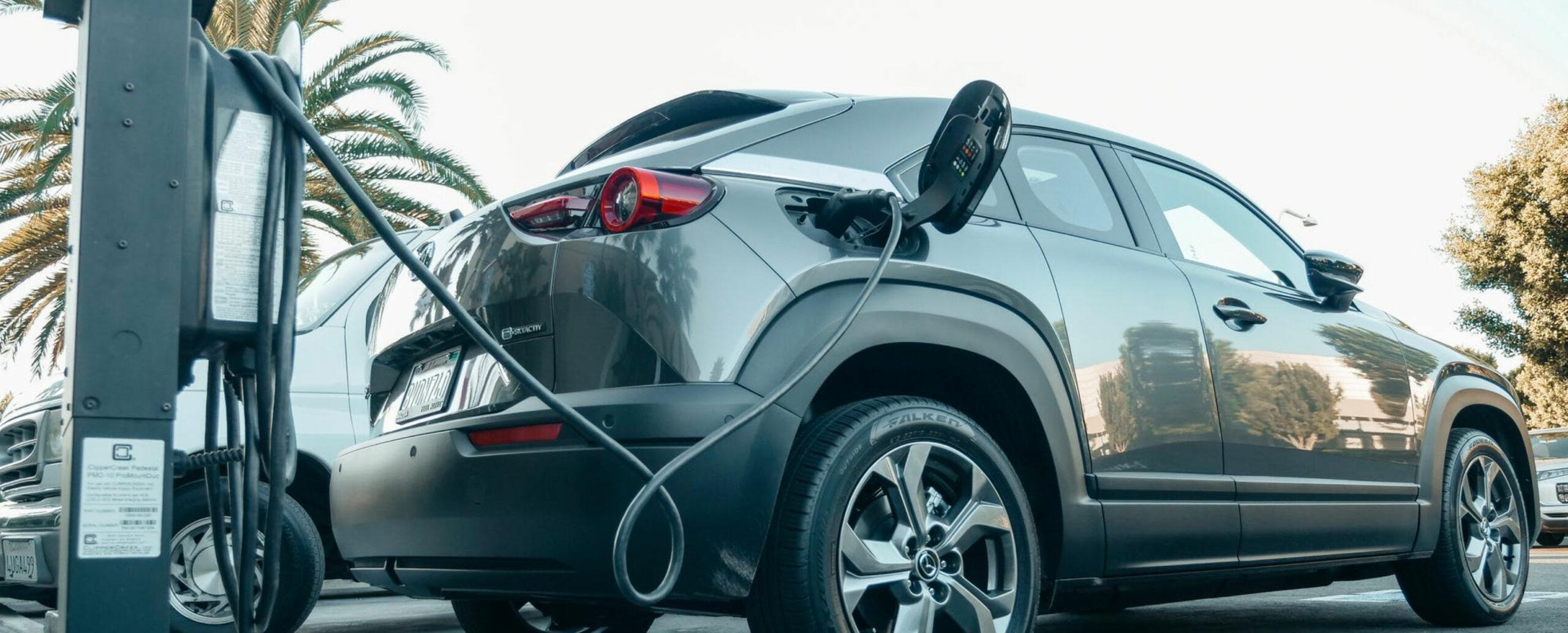BankEnergi has a vision that businesses and residents on the South Bank will be able to achieve bankable energy and carbon savings through a combination of demand management, energy storage, renewables and peer to peer trading. So where does Energy Storage fit in the merit order?
There’s no point investing in storing energy if you aren’t using it efficiently. On both cost and environmental scorecards, cutting demand and optimising the use of existing assets has to come first. But in a dense urban area like London’s South Bank, there’s not so much opportunity for large scale generation from renewables; instead we see energy storage as offering the next best returns.
So how can we store energy – it is, after all, intangible and cannot be physically stored.
Essentially there are several possible methods of storing it as:

